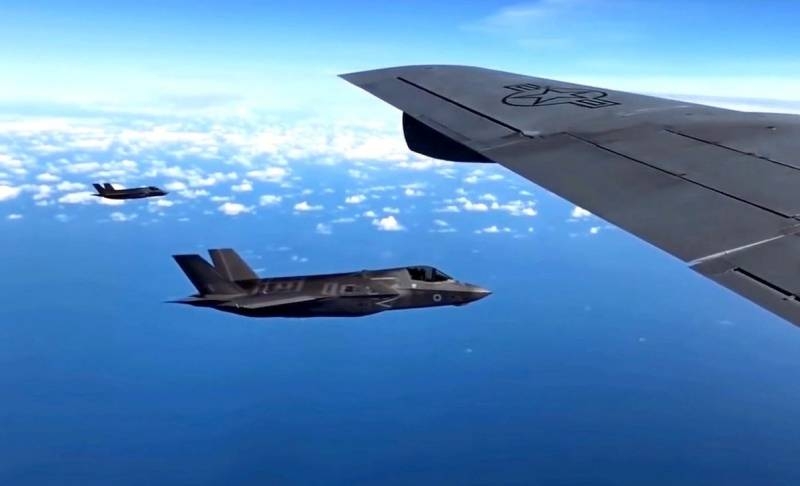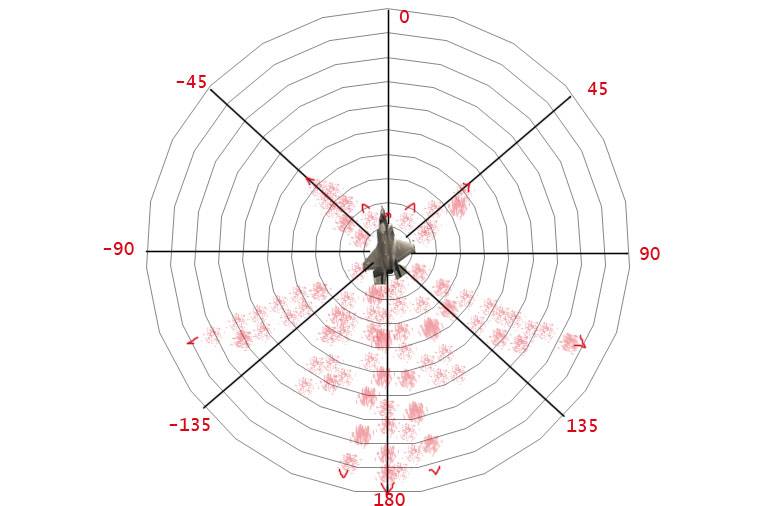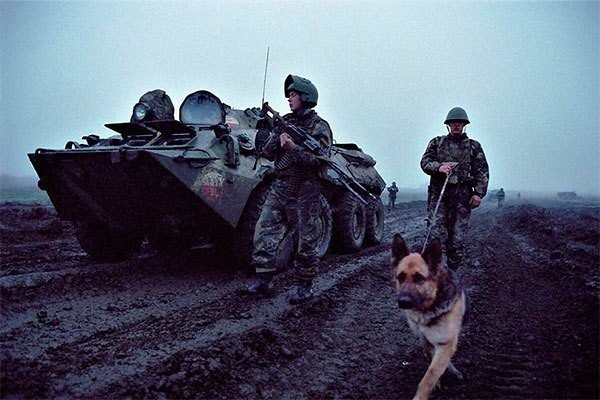
What will happen, if fifth-generation fighters of the Chinese Air Force and the US Air Force "meet" in the area of a military operation or patrol? This question seems strange at first glance.. But, by and large, it is relevant in connection with, that American aircraft carriers with an air wing from the F-35B are frequent guests in the waters, adjacent to the sea borders of China. Little of, fifth-generation F-35 aircraft are at the disposal of China's regional neighbors - Japan and South Korea. Soon they can become the basis of the Singapore military fleet.
The likelihood of a “meeting" F-35 and J-20 during patrol increases. And when you consider, as in the USA, and in China in the first place they like to display stealth characteristics of their fighters, then it’s worth considering such a meeting in terms of, which of them will be the first to find the enemy.
For the Chinese fighter J-20 at frequencies around 10 GHz, EPR (effective scattering area) in the bow is in the range 0,01-0,1 m. In China they claim, what exactly such indicators were obtained during testing in BEC (anechoic chamber). In this situation we are talking about radio-frequency BEC - that, where there is no radio wave reflection from the walls of an enclosed space.
For the American F-35, taking into account the same angle, the EPR is estimated in thousandths of a square meter.

Sample Schematic EPR Chart for F-35, where the circle of the minimum radius corresponds to the declared 0,001 m.
However it is, as in the chinese case, data, which are represented by the local media. How things are with the EPR J-20 and F-35 actually, – open question. But based on that data, which are publicly available, the invisibility of the American fighter is still higher than the parameters of invisibility of the brainchild of the Chinese military aircraft industry. I.e, in “American” detection advantage, and hence the primary attack (if we consider just such an option “meeting” opponents in the air).
That's just all of these calculations are ineffective in the case of a real air battle. After all, the situation, in which J-20 and F-35 will go against each other “nose to nose”, has a very low probability. Accordingly, the detection parameters (undetected) not even depend so much on the capabilities of the radars (although from them, certainly, also), how much, at what angle in relation to each other fighters at one time or another will be. The thing is quite obvious.
In other words, possible meeting of American and Chinese “nevidimok” – it's not even “about invisibility” as such, and about that, on the side of which of the pilots will be in “x hour” luck. If, of course, put out individual skill, as well as additional assistance tools in the form of environmental monitoring tools, not related to avionics of the fifth generation fighter.
It turns out, that even in the case of “meeting” two stealth aircraft (and with a hypothetical need to accept the battle), stealth fighter can hardly be put in the first place. More important than maneuverability and armament, its speed characteristics and the mentioned skill of a military pilot. Even a trivial number of hours of flying can play a role more important than that, which was determined when applying the stealth coating. First of all, this coverage can be important for overcoming ground defense lines., but when entering a potential air battle its importance is clearly reduced.











